
First Architectural Log in the Czech Republic
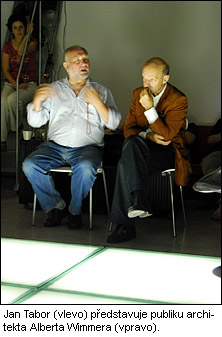 |
Together with Tabor, Albert Wimmer (www.awimmer.at) arrived in Brno on Friday, June 8, to present his work. Tabor deliberately chose Wimmer because, like Fránek, Wimmer had been overlooked by the Austrian scene for many years. Recently, he gained attention by winning several competitions and, above all, by realizing football stadiums in Klagenfurt, Salzburg, and Innsbruck for Euro 2008.
In the introduction of his lecture, he presented the winning project for the construction of Vienna's Main Train Station. The task of the new station is to unify the three existing stations of East, South, and West and to create a modern transit hub for the planned European corridor. A very important aspect of the design was the revitalization of the entire area around the station. The form of the building was inspired by the movement of passing trains.
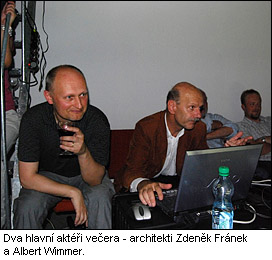 |
At the end of the presentation, architect Wimmer showcased his residential projects. He devoted a larger part of his time to the apartment building on Odeongasse, where he was confronted with a lack of space and tried to integrate the new construction into the heavily functionally mixed surrounding structure. Among the residential projects, Ville Verdi, located in close proximity to the Vienna Gasometers, also caught attention. Wimmer expressed his desire to work with the rooftop landscape of apartment buildings, where he often places penthouses - similar to family houses - and with the ground floor of the buildings, which he often leaves open to allow the natural environment to flow freely without interruption.
 |
In the second part of the evening, in return, architect Fránek presented his work. From the completion of the castle in Opatovice, he transitioned through a series of family houses to his latest projects and competitions. Architect Wimmer was clearly fascinated by Fránek's experiments with arch constructions in the first half of the 1990s. The more relaxed style of the lecture was complemented by "behind-the-scenes stories" that were new for most of the onlookers.
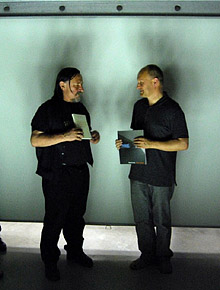 |
However, it was not just a single christening, as Doc. Rezek joined in with good spirits and, together with Petr Kratochvíl, presented Rezek's latest book. A symbolic conclusion to the official part of the evening was Rezek's author reading as a goodnight gesture.
The audience in Brno, unlike the Vienna "lodges," proved to be inexperienced in discussions, but hearty and warmly welcoming. Jan Tabor's next step is to invite architects from Brno's D.R.N.H. to Vienna.
 |
| Zdeněk Fránek: Stavby / Buildings picture |
2007
Our price: 490 Kč (delivery time: up to 7 days)
 |
The English translation is powered by AI tool. Switch to Czech to view the original text source.
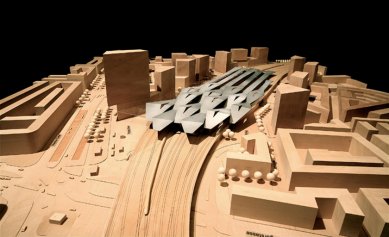

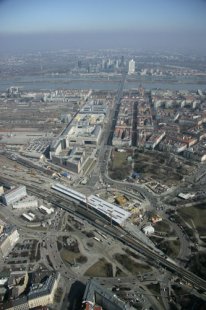
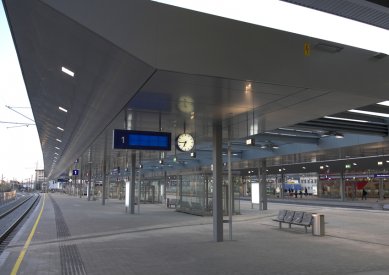

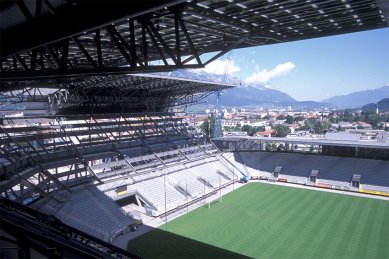
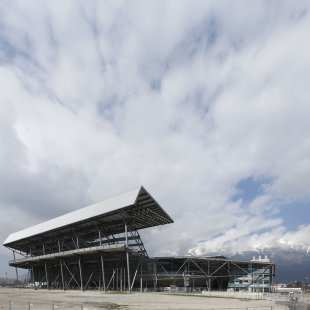
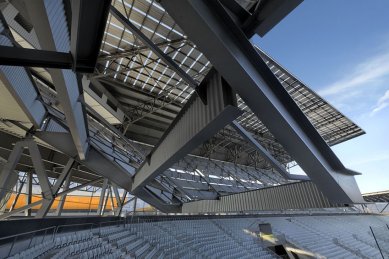

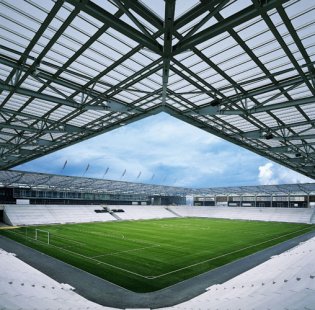
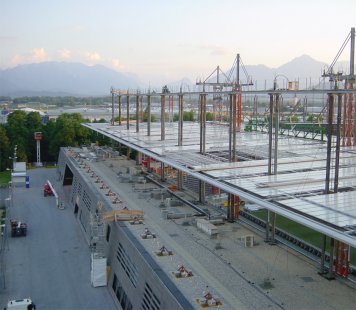


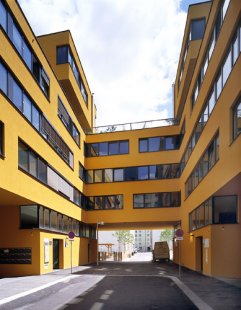

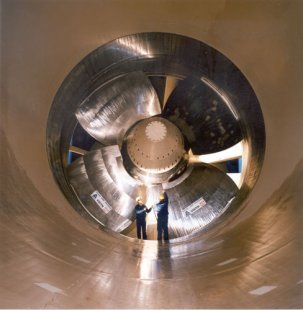
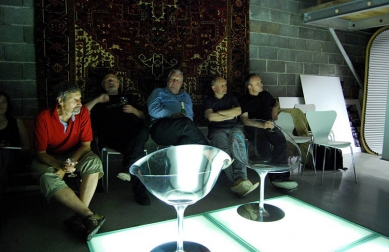

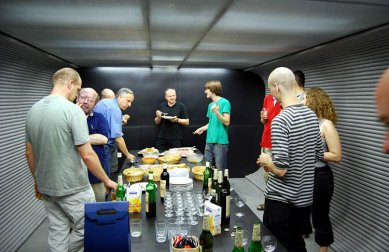
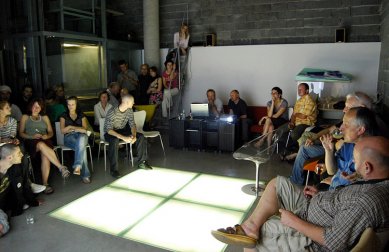
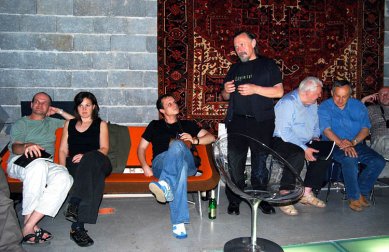


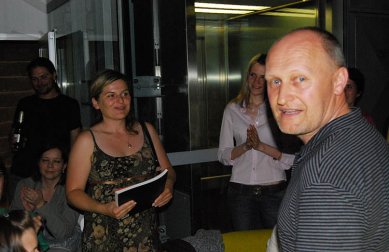
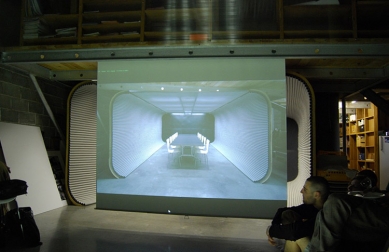
1 comment
add comment
Subject
Author
Date
was it free??:-)
Honza
12.06.07 08:42
show all comments









